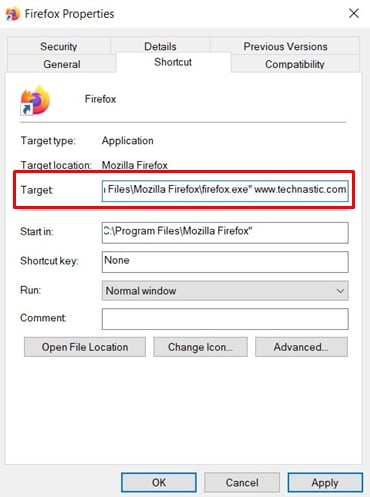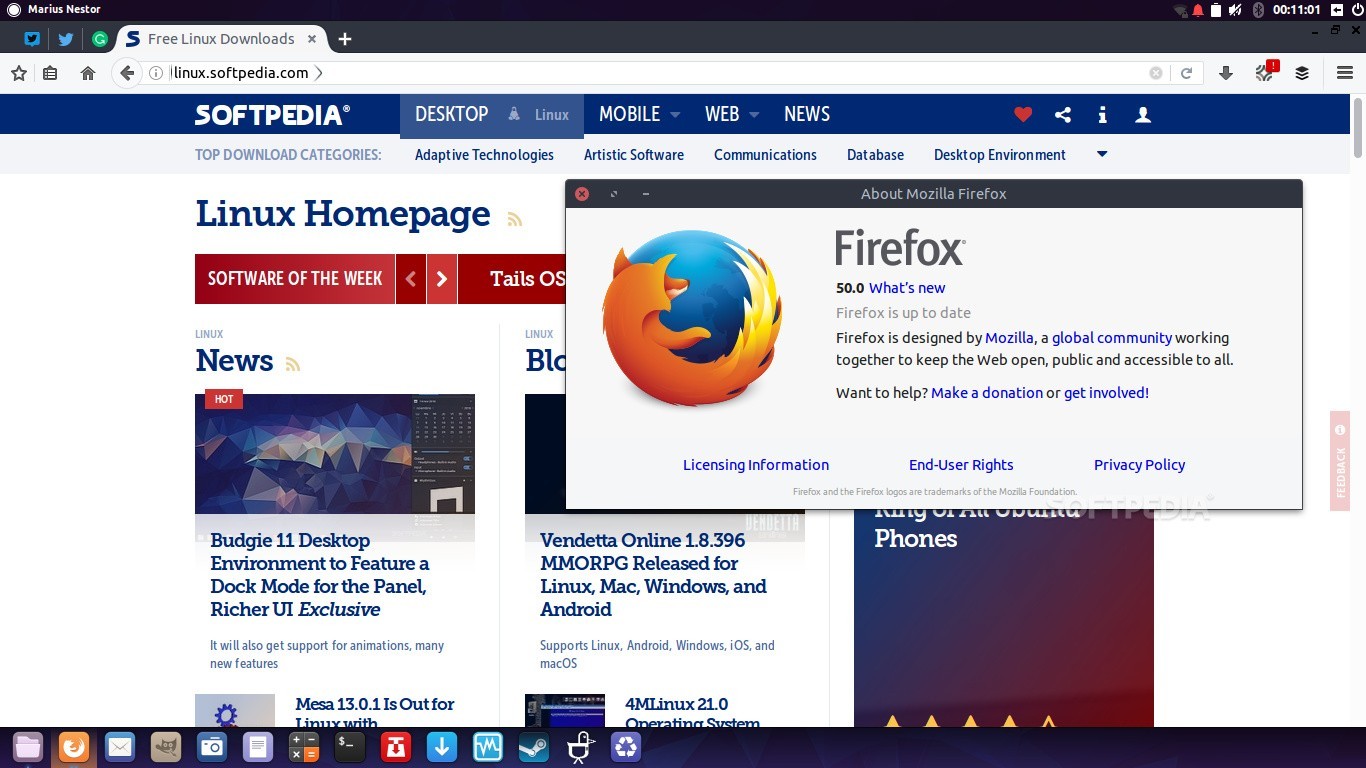

If prompted to provide Administrator access, hit the Continue button. So the Target will be: "C:\Program Files\Mozilla Firefox\firefox.exe" "-private"Ĭlick the OK button at the bottom of the window to continue. In the target box of the Firefox Properties window, add -private argument as shown on the screenshot above. Under the Firefox Properties window, switch to the Shortcuts tab.

Right-click the shortcut icon and select Properties from the Context menu. Let’s cover the process in a bit of detail!Ĭreate a Desktop shortcut for the Firefox browser. Add “ -private” argument at the end of the address in the Target box.Choose Properties to open the Firefox Properties window.Right-click the Firefox browser Desktop shortcut.Firefox Private Browsing Mode stops them from storing any data about your online activity. It does this to use them for future sessions. Normally, every browser you use for browsing the web stores a history of all the websites you visit. Follow these steps to get started!Ĭreate a shortcut to open Firefox in Private Browsing Mode You can even create a shortcut to open Firefox in Private Browsing mode, directly. Therefore it makes sense that the Browser vendor Mozilla is doing such testing as implying: rel=”noopener” as default to such links.Launching the Firefox browser in Private Browsing mode will stop it from keeping a record of visited sites to the browsing history. If the Web Author does use target name _blank then “noreferrer” indicates that no referrer information is to be leaked when following the link. “Mozilla is testing a new security feature in Firefox Nightly currently that adds rel=”noopener” automatically to links that use target=”_blank”. Interactive browser behaviour like ‘opening new windows’ should be implemented with client-side scripting languages like JavaScript. warning text about opening in a new window instance, etc.įor example: The test page (opens in new window or tab) If you (Web Authors) use target name _blank, you should include a warning in the text describing a control, i.e. The point is that the choice of whether a link will open in a new window (or tab) should be the end user’s choice, not the Web Author’s choice. However, it “breaks” the Back button, which can cause Web Accessibility issues. In most mainstream user agents, normally using the target name _blank, loads the designated document in a new, unnamed window.


 0 kommentar(er)
0 kommentar(er)
